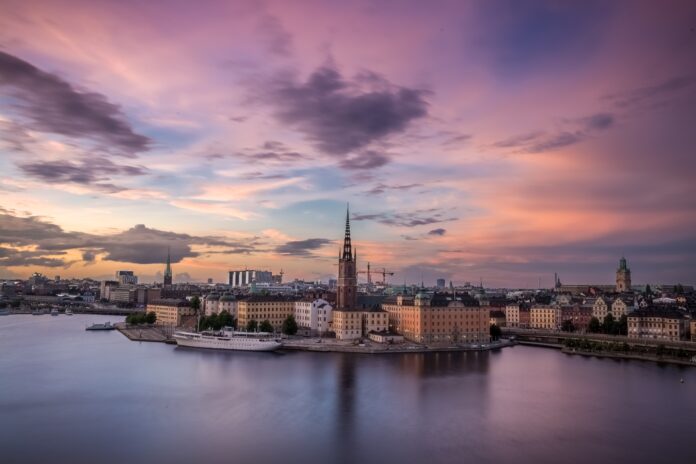In the heart of Scandinavia, Sweden boasts a monarchy that beautifully marries tradition with modernity, epitomizing the country’s rich history and progressive values. At the helm of this esteemed institution is King Carl XVI Gustaf, whose reign has been marked by a steadfast commitment to his nation and an embrace of change. Together with his family, King Carl XVI Gustaf stands as a symbol of continuity and adaptation, embodying the essence of Sweden’s monarchy.
A Brief History
Sweden’s monarchy dates back more than a millennium, making it one of Europe’s oldest continuous monarchies. King Carl XVI Gustaf ascended to the throne in 1973, following the passing of his grandfather, King Gustaf VI Adolf. His reign has spanned almost half a century, during which he has witnessed and actively participated in Sweden’s transformation from a largely agrarian society to a modern and technologically advanced nation.
The Royal Family
King Carl XVI Gustaf and Queen Silvia lead the Swedish royal family. Their marriage in 1976 marked the union of Swedish and German royalty, as Queen Silvia was born in Germany. Together, they have three children: Crown Princess Victoria, Prince Carl Philip, and Princess Madeleine. The royal couple’s dedication to public service and charity work has endeared them to the Swedish people.
Crown Princess Victoria, the eldest of the King’s children, is heir to the throne. Her work focuses on issues such as environmental sustainability and gender equality, reflecting Sweden’s progressive values. Prince Carl Philip, a talented designer and entrepreneur, uses his position to support cultural and artistic endeavors, and Princess Madeleine, a devoted advocate for children’s rights, works tirelessly to improve the lives of disadvantaged children worldwide.
Modernization and Adaptation
King Carl XVI Gustaf’s reign has been characterized by a commitment to modernization while respecting Sweden’s rich heritage. The monarchy, once seen as more ceremonial, has evolved to adapt to contemporary demands. The King has taken steps to make the monarchy more relevant and accessible to the Swedish people, including reducing the royal family’s official duties and focusing on issues that resonate with the public.
One notable example of this adaptation is the Royal Family’s active engagement with social media. Crown Princess Victoria, Prince Carl Philip, and Princess Madeleine regularly share insights into their lives, charitable work, and personal interests on various platforms, connecting with the younger generation and reinforcing the monarchy’s role as a unifying symbol.
Philanthropy and Social Responsibility
The Swedish royal family is not merely a symbol of prestige but also a force for good in society. Their philanthropic efforts extend to various charitable organizations and causes. Queen Silvia, for instance, founded the World Childhood Foundation, which works to protect vulnerable children around the world. Prince Carl Philip is passionate about environmental conservation and supports numerous initiatives in this area.
King Carl XVI Gustaf and his family represent Sweden’s monarchy as a harmonious blend of tradition and progress. Their dedication to public service, their ability to adapt to modern demands, and their commitment to philanthropy make them not just symbols of a bygone era but active participants in shaping Sweden’s future. As the monarchy continues to evolve and remain relevant, it is the unwavering commitment of King Carl XVI Gustaf and his family that truly captures the essence of Sweden’s monarchy in the 21st century.
Photo by Raphael Andres on Unsplash
Views: 39






